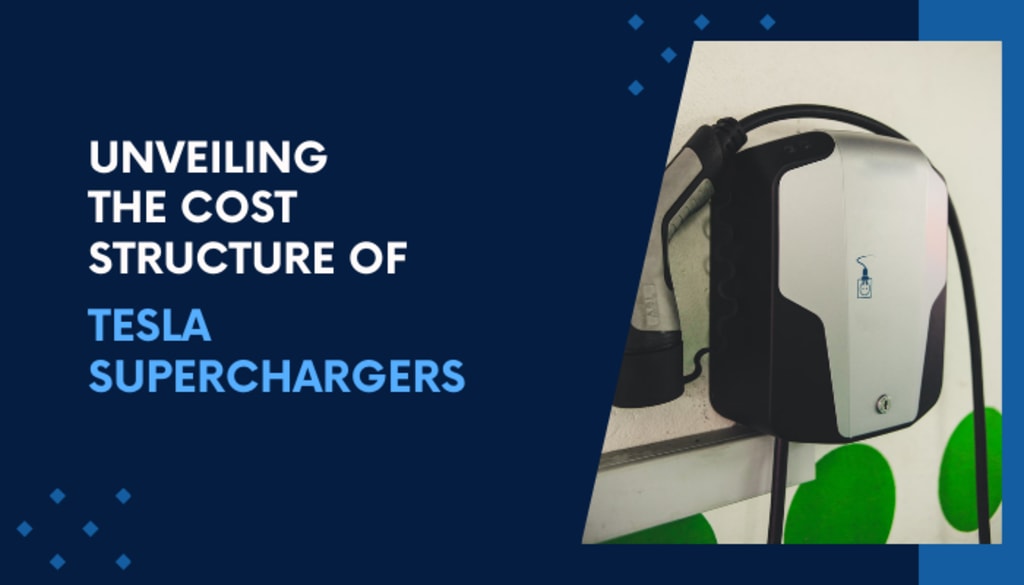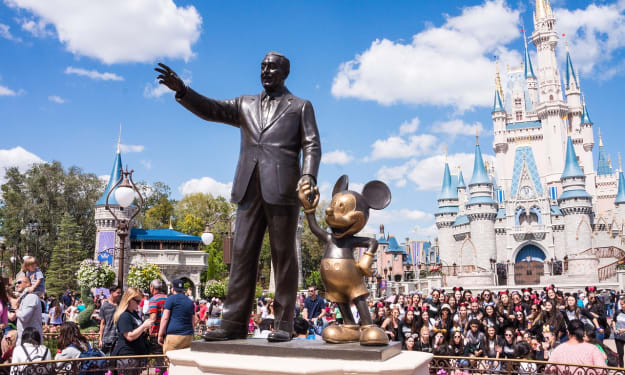Unveiling the Cost Structure of Tesla Superchargers
Exploring the Financial Dynamics Behind Tesla's Electric Highway

Tesla's groundbreaking approach to electric vehicles (EVs) is not just about cars, but also about the infrastructure supporting them. The Tesla Supercharger network is a critical component in this ecosystem, allowing Tesla owners to charge their vehicles quickly and conveniently. However, what often goes unnoticed is the cost structure behind these high-speed charging stations. In this blog, we will delve into the intriguing world of Tesla Supercharger cost and what it means for the future of electric vehicle charging.
Initial Development Costs
The development cost of a Tesla Supercharger station is influenced by several factors, including location, the number of stalls, and the local electricity infrastructure. Building a Supercharger station can be a multimillion-dollar investment. For instance, the cost of the land, construction, and electrical infrastructure to support the high-speed charging all add up. In urban areas, where land is at a premium, these costs can escalate quickly.
Equipment and Technology Costs
The heart of each Supercharger station is its charging technology. The cost of the charging units themselves, which includes not just the physical charger but also the technology that supports rapid charging without damaging the car’s battery, is a significant part of the investment. The V3 Superchargers, Tesla's latest iteration, are an advanced technological leap, and their development and manufacturing costs reflect this sophistication.
Operational and Maintenance Costs
Operating a network of Superchargers is not just about the initial setup. There are ongoing operational and maintenance costs to consider. These include electricity costs, which vary widely depending on the location, and maintenance to ensure that the chargers are functioning optimally. Tesla also incurs costs in monitoring the network and providing customer support to Tesla drivers using these stations.
Tesla Supercharger Cost to Users
For Tesla drivers, the cost to use Superchargers has been a moving target. Initially, charging was free for early Tesla owners, but as the network expanded and usage increased, Tesla introduced a pay-per-use model. The pricing varies by location and can be influenced by local electricity rates and demand. As of now, Tesla charges per kilowatt-hour or per minute of charging, depending on the region's local laws. This cost, however, is generally lower than the cost of gasoline for a comparable journey in a traditional car.
The Impact of Supercharger Costs on Tesla’s Business Model
The cost of building and operating the Supercharger network is a significant part of Tesla's overall business strategy. While it's a substantial investment, it also serves as a key selling point for Tesla vehicles. The convenience and wide availability of fast charging stations make Tesla cars more attractive to potential buyers. This network also sets Tesla apart from other EV manufacturers who rely on third-party charging networks.
Future of Tesla Superchargers and Cost Implications
Looking forward, Tesla has ambitious plans to expand its Supercharger network. This expansion means additional investment, but it also opens up new revenue streams. For example, Tesla has started opening its Supercharger network to non-Tesla electric vehicles in some locations, which represents a new source of income. The future will likely see more of these strategic moves as the EV market evolves.
Conclusion
The cost structure of Tesla's Supercharger network is a complex blend of initial development, technology, operational expenses, and strategic funding. This network is not just a key part of Tesla's infrastructure but also a significant factor in the broader EV ecosystem. Understanding these costs sheds light on Tesla's strategic decisions and offers insights into how EV infrastructure will evolve in the coming years. As Tesla continues to innovate and expand, the Supercharger network will undoubtedly play a crucial role in shaping the future of electric vehicle transportation.
About the Creator
Enjoyed the story? Support the Creator.
Subscribe for free to receive all their stories in your feed. You could also pledge your support or give them a one-off tip, letting them know you appreciate their work.





Comments
There are no comments for this story
Be the first to respond and start the conversation.